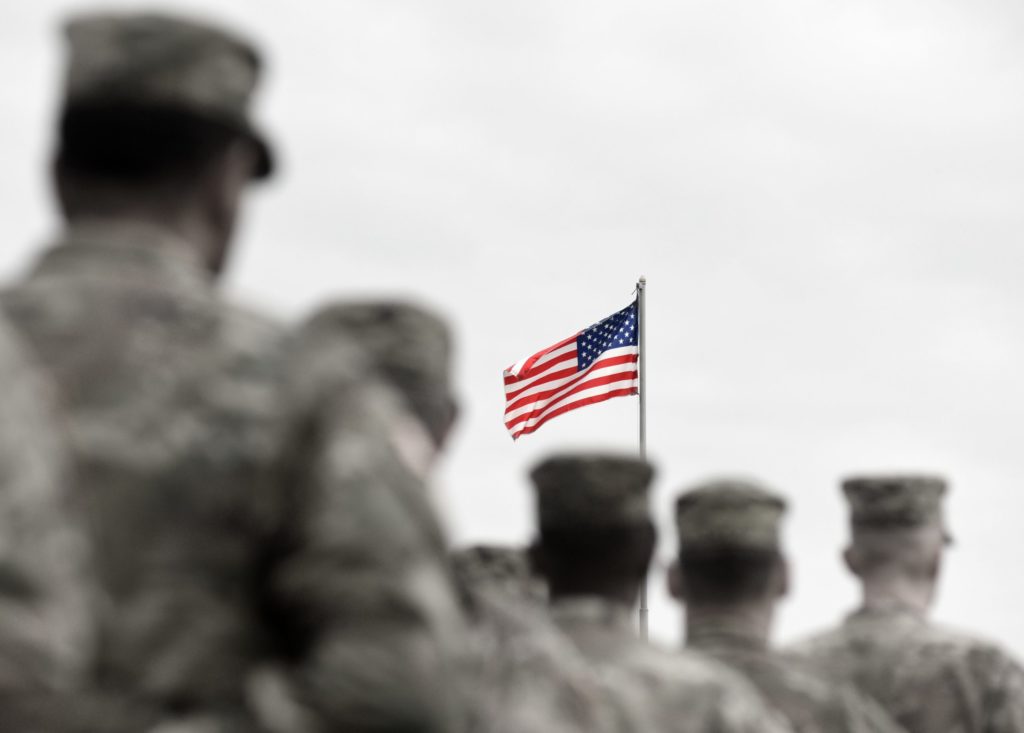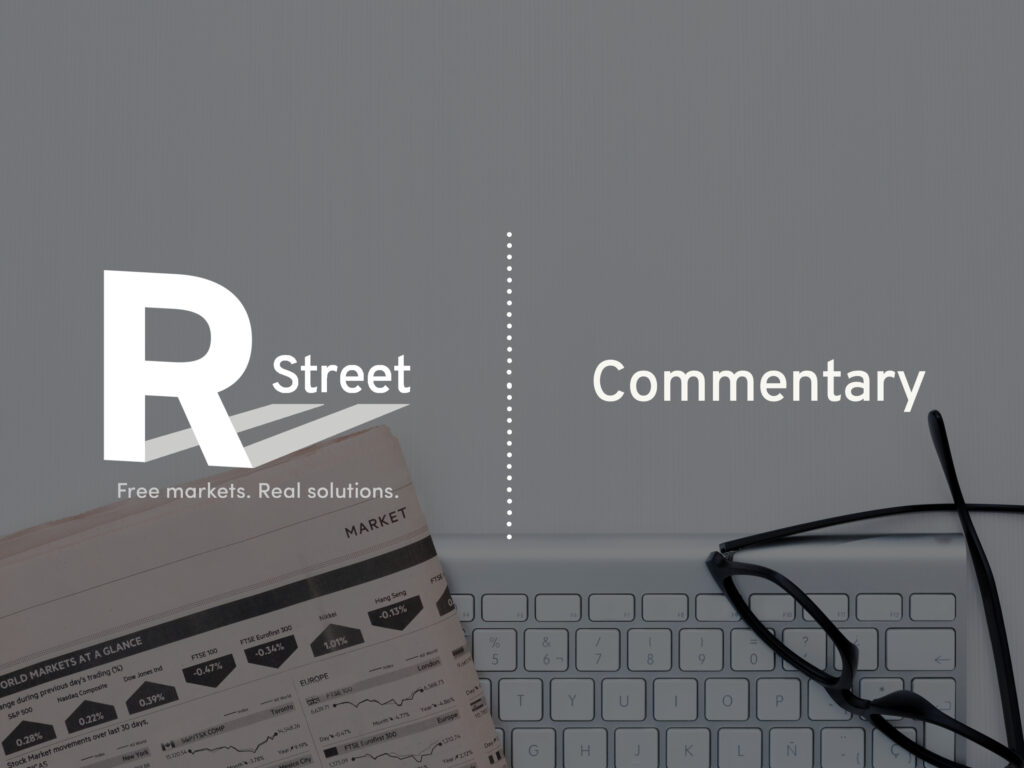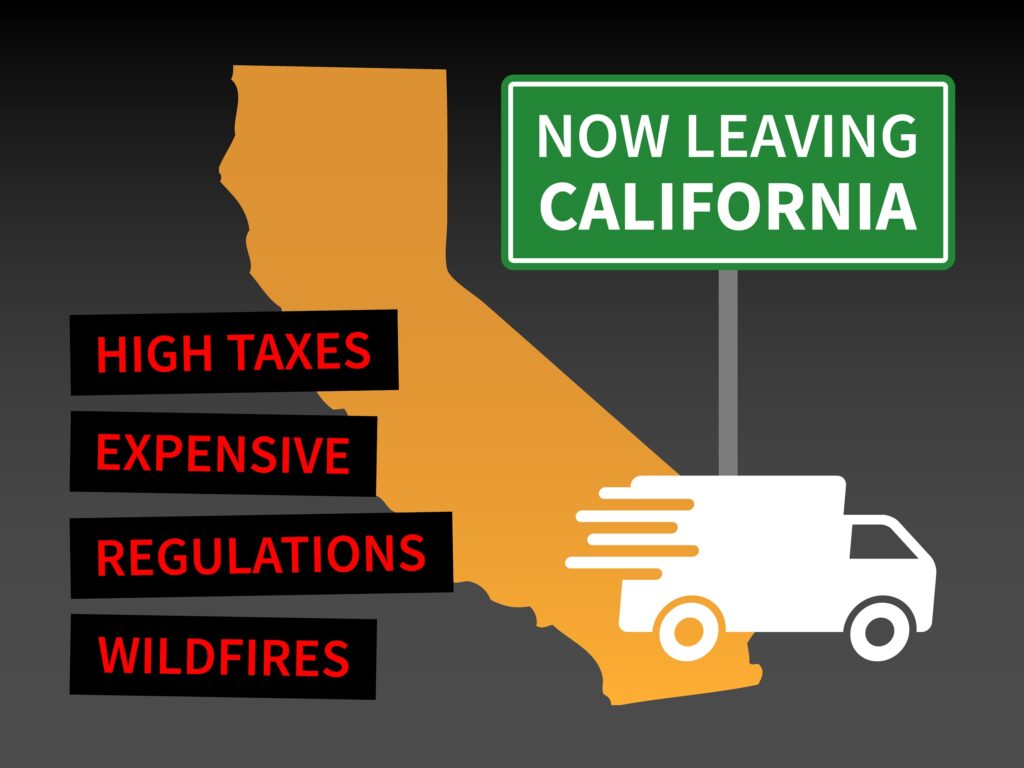Does Fusion Voting Offer Americans a Way Out of the Partisan Morass?
…Under fusion voting, multiple parties can nominate the same candidate, who then appears more than once on the ballot. Proponents say it allows voters who don’t feel comfortable with either major party to express their preferences without “wasting” votes on candidates with no hope of winning…
Eli Lehrer, the president of the R Street Institute, a center-right think tank, said that fusion voting worked best when it encouraged cross-party coalitions. He pointed to New York and Connecticut, where candidates have courted support from fusion parties when they “want to send a signal that they are a different kind of candidate.”
In its heyday, the Liberal Party exerted its greatest influence on New York politics when it backed Republicans: It supported John Lindsay for mayor of New York in 1965, for instance, and Charles Goodell for senator in 1970. Each of those races, oddly enough, was a spirited three-way contest that included a Conservative Party candidate named Buckley: William F. Buckley Jr., the National Review editor, who lost the mayoral race in 1965, and his brother James L. Buckley, who caucused with Republicans after winning a Senate seat.
New York, Lehrer said, “was the home of Rockefeller Republicans for a reason, and one of those reasons was fusion voting.”







